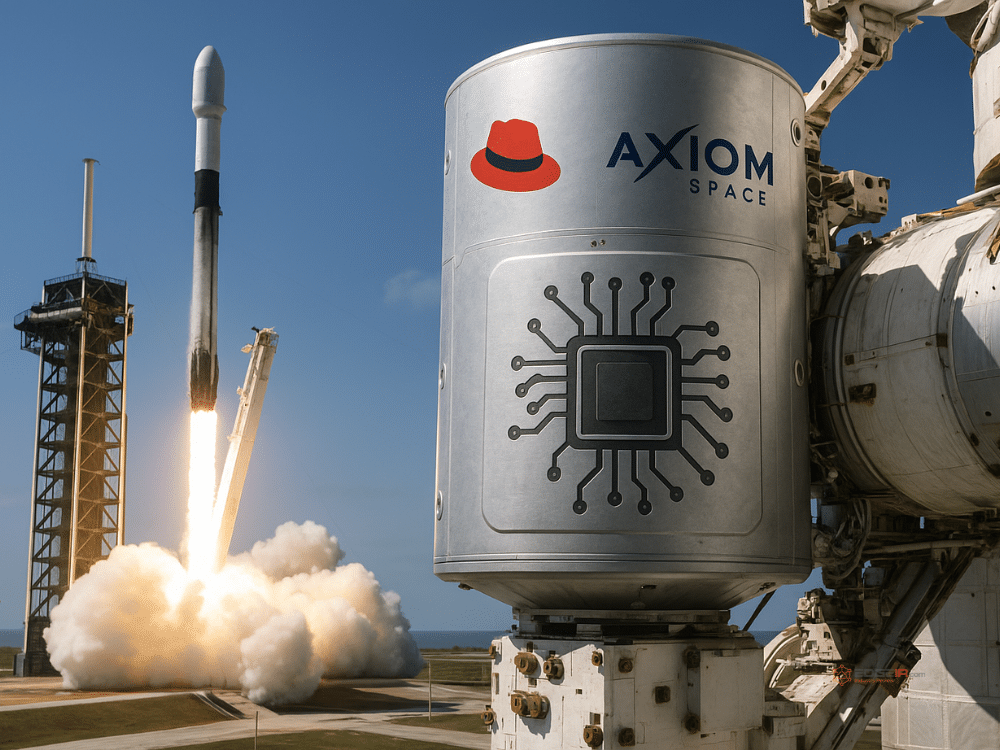Orbital data center heads to ISS to test real-time edge computing in space

A new orbital data center being sent to the International Space Station (ISS) provided by the ISS National Lab will enhance space-based computing assets, considering data storage and real-time processing.
The project is in partnership with Axiom Space and Red Hat, and employs Red Hat Device Edge to provide in-orbit computing power. The system will be designed to survive the rigors of space, with self-healing and damage-tolerant capabilities.
“This technology would enable real-time processing of data in proximity to where it is generated, with less reliance on downlink bandwidth of which there is little to spare in space,” said Tony James, chief architect of science and space at Red Hat. “It might also facilitate time-sensitive decision making and a little bit of independence. With experiments happening in space and decisions that need to be made, you don’t have to go for hours or days waiting for the information to come from Earth.”
Open-source software was deployed to construct the data center, enabling global collaboration and innovation.
Possible applications of space edge computing could include astronaut health monitoring, predictive AI and increased energy efficiency in terrestrial and aerospace data centers.
The data center will be a part of SpaceX’s 33rd commercial resupply mission for NASA. The ISS National Lab is responsible for stimulating non-NASA research, science, technology, and education that contribute to U.S. leadership in space, economic growth, and the amount of science available to the community.
pgEdge updates Postgres Cloud for higher resilience and faster Sync
Article Topics
Axiom Space | ISS | orbital data center | Red Hat | Space Edge Computing


Comments